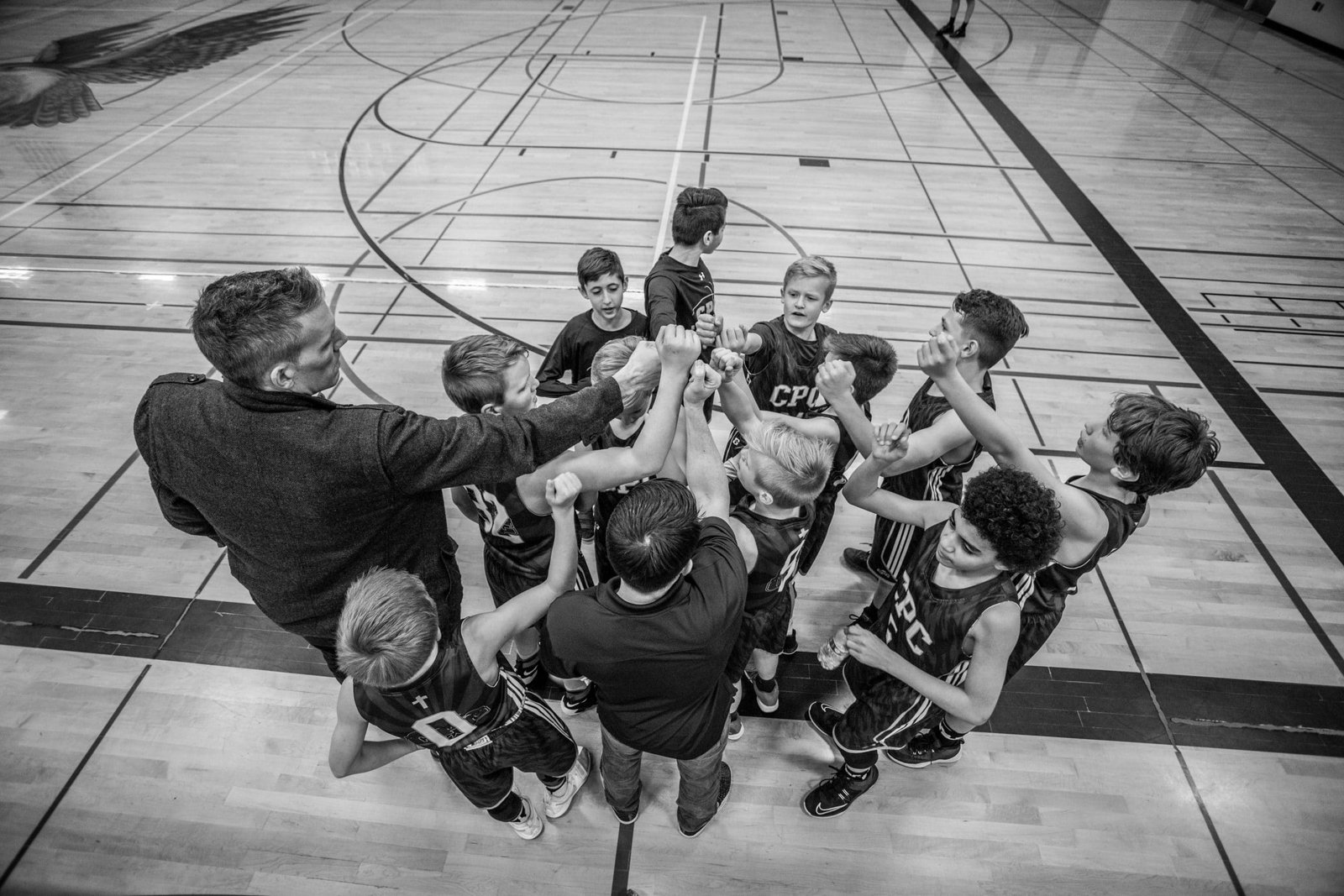Working as a team needs recognition & agreement
At its core, a team-building experience is there to facilitate a space and a situation where a team of people comes together to learn how to work together. They need to already by a team in the sense that within their daily work lives, they need to collaborate to achieve something. When they are put into the team-building experience, it is simply an extension of that daily occurrence but one where they must learn and figure out how they can collaborate more effectively.
Naturally, if a team-building experience was required to promote team cohesion, the team will need some guidance. The first step they will need to take as a team is to come to a consensus. Consensus is a broad word, but it is what’s needed, team members will need to compromise in order to achieve something greater than the sum of their parts. A good first step would be for each member to have the humility to admit that they are not capable of achieving the goal of the exercise on their own, that they have weaknesses and that the compromise is that they must swallow their ego and lean on the strengths of others.
Once a consensus is reached and compromises have been made, then from this accountability can be derived. As with the acceptance of one’s ego, everyone in the team must accept their own and their team member’s responsibility and liability when working in a team. Perhaps a hard pill to swallow for many, to accept that humans are fallible and that mistakes can occur, but if you accept responsibility for your own mistakes and continue to work as a team regardless to improve, then you may get a little further overall.
Going through this process leads to the organic outcome where loyalty and trust are slowly fostered in the team thanks to a shared understanding and acceptance of accountability that is based on consensus and compromise.
Creating the ‘team-spirit’ in a group learning game
When creating, picking or facilitating a team-game, the basis of it needs to be that the group collaboration in it is of a cross-platform and inter-disciplinary nature. What is meant by this is that there should be clear take-aways from the experience for the team and for the members themselves. Cross-platform and inter-disciplinary in that the skills learned in that space should directly translate and be applicable back in their daily lives.
For something like that to be possible the ‘narrative’ space or world of the team-game must be familiar and recognizable for the participating teams. Basically, the fictional world of the game needs to make sense straight-away without requiring a lengthy tutorial to explain it all – quick & efficient onboarding.
From that basis, we need to go to a slightly counter-intuitive point. A team-building experience shouldn’t solely be about promoting collaboration, but also about letting individuals shine if they want to. There is that unique moment where bonds are strengthened through the pride of seeing a companion be successful and the mutual respect that arises from having been a part of that moment.
What should not be part of the experience, however, is creating a space where individuals feel embarrassed or are able to fail (without choosing to) and being put in the center of attention for that failure. This will ultimately alienate people and be one more reason why people abhor team-building experiences. Though failure should be part of the experience, it should not be placed on the shoulders of one person when the purpose of the experience is about strengthening collaboration and team spirit.


